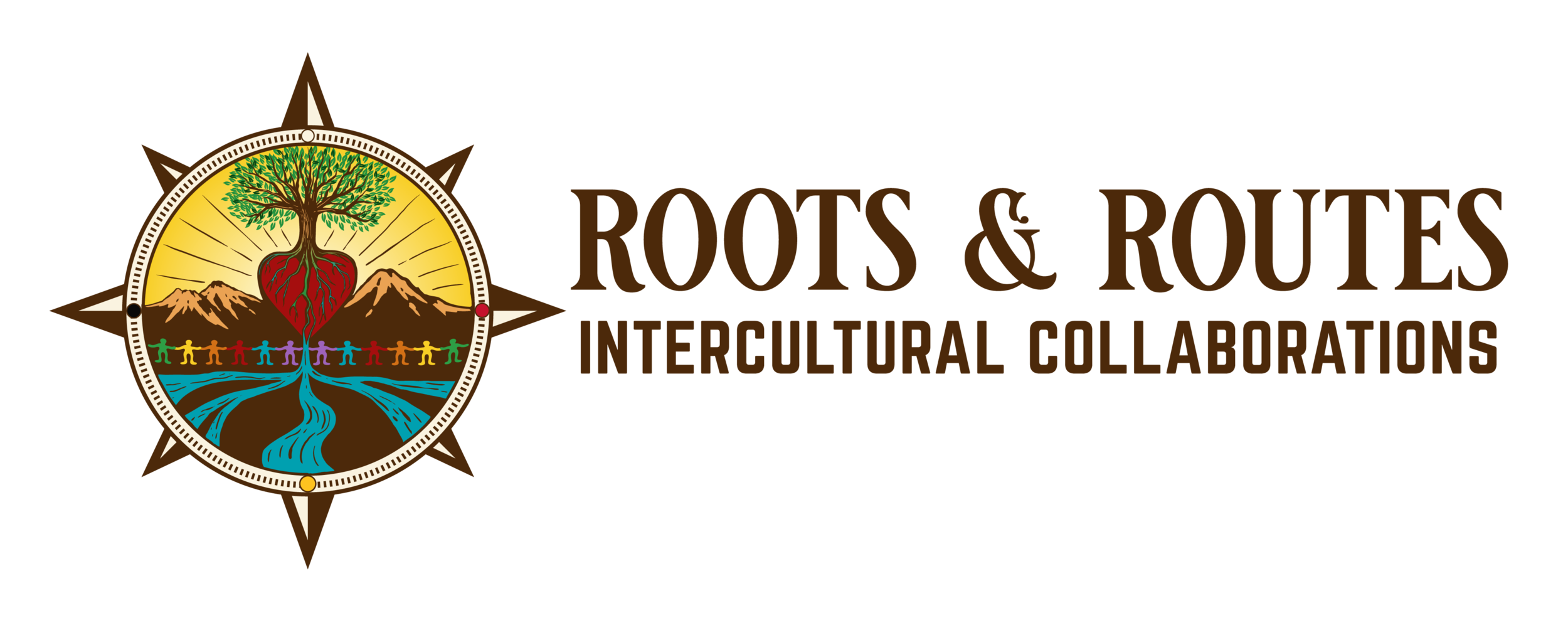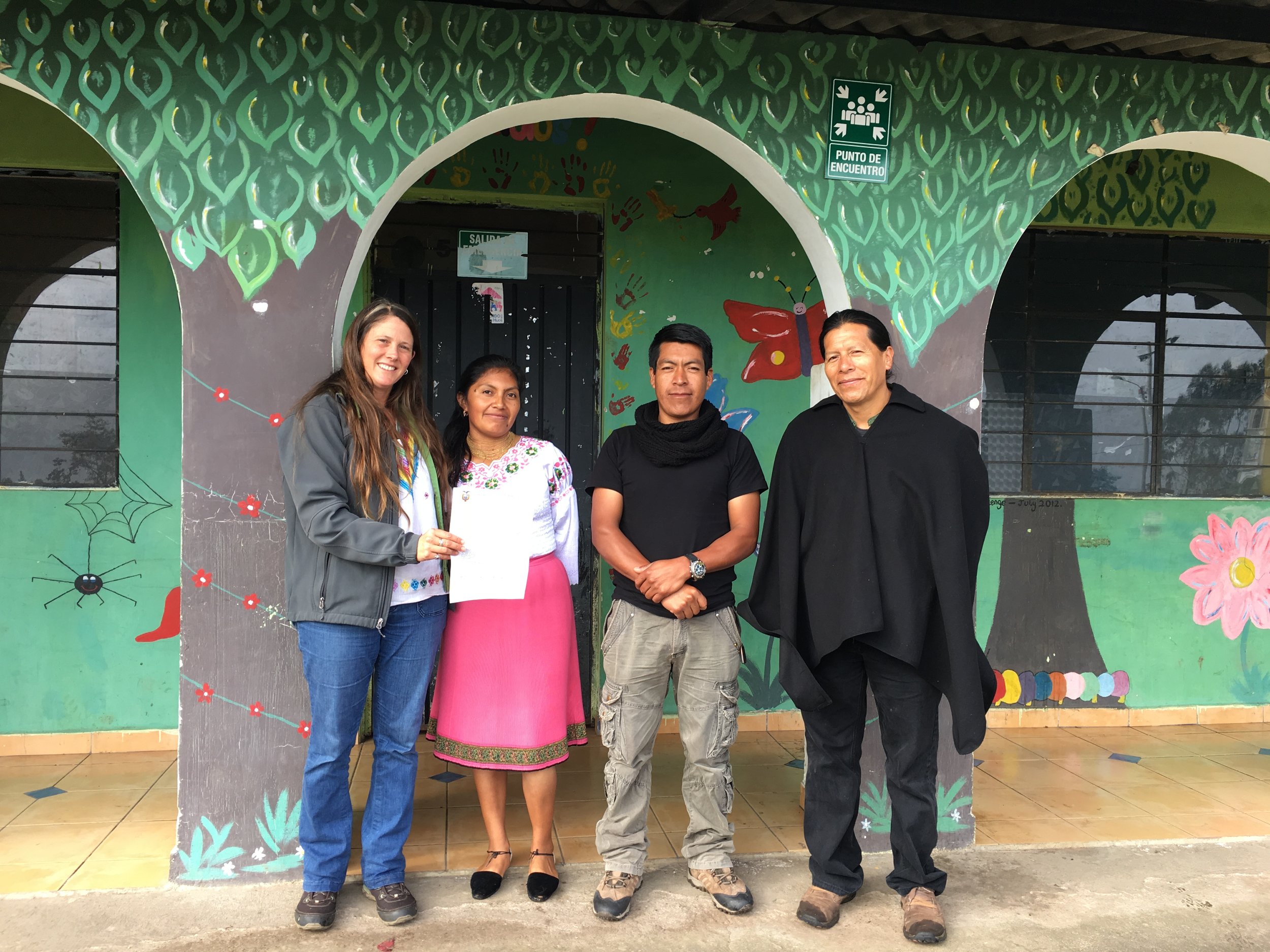Hacienda House
A PROPOSAL FROM THE ANDEAN KARANKI PEOPLE OF SAN CLEMENTE AND SUPPORTED BY ROOTS AND ROUTES
MULTI-PURPOSE PROJECT: HACIENDA [PLANTATION] HOUSE REHABILITATION, CULTURAL RESTORATION, ENERGETIC SELF-SUFFICIENCY AND ENVIRONMENTAL SUSTAINABILITY
This project aims to rehabilitate, restore and revalue the historic space of the hacienda house of the community of San Clemente to create a space that promotes the dialogue of autonomous, self-sufficient, and sustainable knowledge and practices of communities, peoples and nationalities, and living well in community, based on the harmonious relationship of Mother Earth, human beings and spiritual beings. In addition, serve as a base for thinking and practice to construct intercultural community and plurinational states and a different world all around.
The history of Haciendas
Haciendas were founded by Spanish conquistador elites during the Spanish colonization of the Americas. All haciendas were originally on Indigenous lands. As the Spanish colonists established cities in conquered territories, the crown distributed smaller plots of land to settlers, and the Indigenous people of those same lands were taken as indentured servants in their own diversely cultivated lands that were often converted to wheat, corn, and sugarcane monocultures.
Reclaiming The San Clemente Hacienda
In 2002, San Clemente was one of the first communities in the country to begin organizing “convivencia intercultural,” or identity-based, community-led tourism. In this context, la Escuela de Saberes/Haceres restores the house itself—preserving its ancestral building techniques and complementing its construction with renewable power—and decolonizes the space by reclaiming and re-presenting it as symbolic of their territorial resistance.
WHAT WE WANT TO DO
To help reclaim, rehabilitate, restore and expand the hacienda house of the community of San Clemente, preserving its traditional construction system and adapting its spaces based on current needs, so as to allow the adoption and permanent use of this historic community space.
Both the restoration process and the end result with the additions to the hacienda house will be significant. We plan to have youth involved in learning in revitalizing their traditional Andean building skills, and we also hope to make the center energetically self-sufficient. Therefore, the intercultural center can be a means to promote Andean building techniques blended with Western sustainable practice including renewable power.
To implement an intercultural community center, which promotes the exchange of knowledge and experiences of communities, peoples and nationalities, and those of other cultures and peoples, that constitutes a reference space for reflection of critical thinking and alternative practices to the “civilizing” model of the West. This will be achieved through the realization of meetings and events, which will contribute to its self-management and sustainability, and to strengthen the community autonomy.
To maintain a family and community health space, which will strengthen the knowledge and practices of Andean medicine, and also offer the services of Western medicine.
To establish a permanent Community School that promotes the dialogue of knowledge and ways in different areas and contributes to the cultivation, upbringing, revitalization, strengthening and recreation of community knowledge, wisdom, and the good living of indigenous peoples and nationalities, in harmonic coexistence with the community and the Pachamama [Mother Earth].
To promote autonomous, self sufficient and sustainable energy in Ecuador and Latin America, a place that has been historically and still is harmed by western influence and exploitation and extraction of oil and minerals. Through implementation and practice of using sustainable power, we will become a model for some of our own community members and the surrounding communities that have less access to reliable power and water. Through the school we can help communicate the model of autonomous and self-sufficient sustainability.










